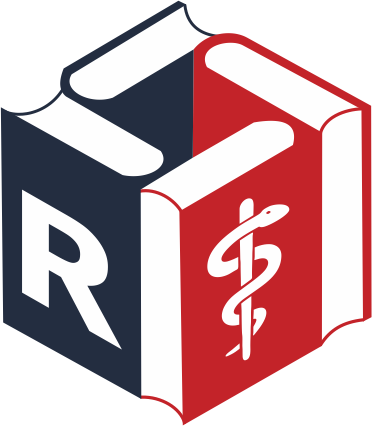Please use this identifier to cite or link to this item:
http://hdl.handle.net/20.500.12564/437Full metadata record
| DC Field | Value | Language |
|---|---|---|
| dc.contributor.author | Bednarz, Aleksandra | - |
| dc.contributor.author | Lipiec, Agnieszka | - |
| dc.contributor.author | Rapiejko, Piotr | - |
| dc.contributor.author | Myszkowska, Dorota | - |
| dc.contributor.author | Ziemianin, Monika | - |
| dc.contributor.author | Rapiejko, Adam | - |
| dc.contributor.author | Chłopek, Kazimiera | - |
| dc.contributor.author | Jurkiewicz, Dariusz | - |
| dc.date.accessioned | 2021-08-27T08:42:26Z | - |
| dc.date.available | 2021-08-27T08:42:26Z | - |
| dc.date.issued | 2016 | - |
| dc.identifier.citation | Alergoprofil | pl |
| dc.identifier.issn | 2544-5111 | - |
| dc.identifier.uri | http://hdl.handle.net/20.500.12564/437 | - |
| dc.description | Licencja CC-BY-NC-SA | pl |
| dc.description.abstract | The aim of the study was to compare the concentration of Cladosporium spores in the cities of Katowice, Cracow, Olsztyn, Piotrkow Trybunalski, Szczecin, Warsaw, and Zielona Gora in 2015. Measurements were performed by the volumetric method (Burkard and Lanzoni pollen and spores sampler). Cladosporium season was defined as the period in which 90% of the annual total catch occurred. The Cladosporium season started first in Zielona Gora on the 27th April and in the other cities it started during the next days. The latest the fungal season started in Szczecin. The number of days with spores count above 2800 spores in 1 m3 ranged from 15 to 63. | pl |
| dc.language.iso | pl | pl |
| dc.relation.ispartofseries | 2016, Vol. 12, Nr 1, 36-40; | - |
| dc.subject | aeroallergens | pl |
| dc.subject | spores | pl |
| dc.subject | mould | pl |
| dc.subject | Cladosporium | pl |
| dc.title | Cladosporium spores in the air of selected Polish cities in 2015 | pl |
| dc.type | info:eu-repo/semantics/article | pl |
| Appears in Collections: | 2016 rok | |
Files in This Item:
| File | Description | Size | Format | |
|---|---|---|---|---|
| document(1).pdf | 502.78 kB | Adobe PDF |  View/Open |
Items in DSpace are protected by copyright, with all rights reserved, unless otherwise indicated.
